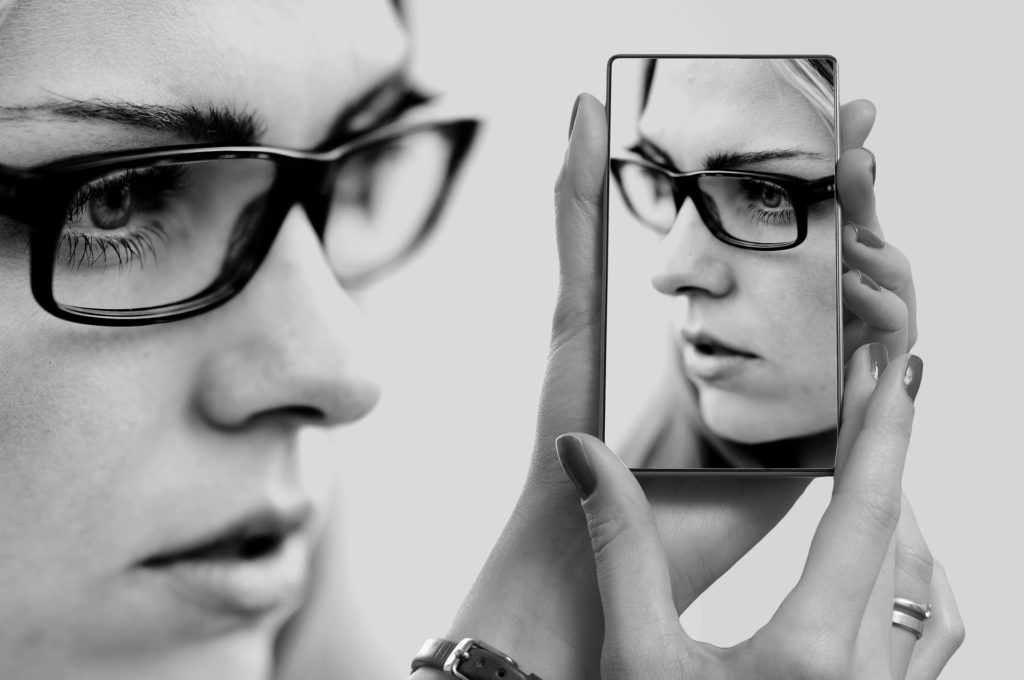The term virtual self is a relatively new concept but one that is becoming normalised very quickly. The term virtual is used in the computer sense of a person not physically existing but rather existing as a simulated computer digital image. Until recently virtual self was evolving on social media on a gradual basis or on a client demand basis. Covid-19 a global pandemic literally changed that course overnight, changing casual users to emergency users. Covid-19 changed how we live, work, socialise, exist and connect globally. The pandemic disrupted and repositioned the workplace/ school/communities with unprecedented speed. In early April 2020 in the span of two to three weeks, organisations across every sector sent millions of employees/students home to work or to school remotely. Without warning and in many cases, without preparation of any kind governments, workplaces, schools, were forced into the position of connecting, communicating, emerging and leading virtually, many for the first time.
A virtual self is a computer based replica of a person’s self which is the form, platform or profile used to explore the virtual world independently. We communicate with others and access the World Wide Web. Each virtual user has his/her unique personal virtual identity to connect to a digital connection or platform. A user can participate in activities by voice, text, two or three-dimensional graphical representations, real time videos with auditory and touch sensations. Virtual worlds can allow single users, multiple users and may be described as a digital platform with artificial intelligence.
Artificial Intelligence (AI) is an advanced technology, made possible by the Internet that influences our everyday lives. Artificial Intelligence (AI) refers to an artificial creation of human-like intelligence that can work and react like humans.
A virtual self has access to a computer simulated world which involves social, relational stimuli while connecting to other virtual populace. Virtual self represents the intended, devised on-line presence pre-planned or prepared by the end user. The virtual user is in control of his/her on-line profile and can manipulate it how he/she wants to appear and interact in the virtual world. This may be positive or negative; honest or dishonest. Virtual users need to be consciously aware of their online presence. Virtual worlds are not just game play but include real life virtual classrooms, conferences and chatrooms.
Governments and Giant Tech of the 21st century must collaborate and deliver educational resources to promote virtual safety and how it relates and can affect personal safety and wellbeing. Introduce global virtual safety-security-privacy programmes for every virtual user. They need to acknowledge and protect the human cost of the evolving virtual profit and mandate to uphold the value of the human self.
Judith

